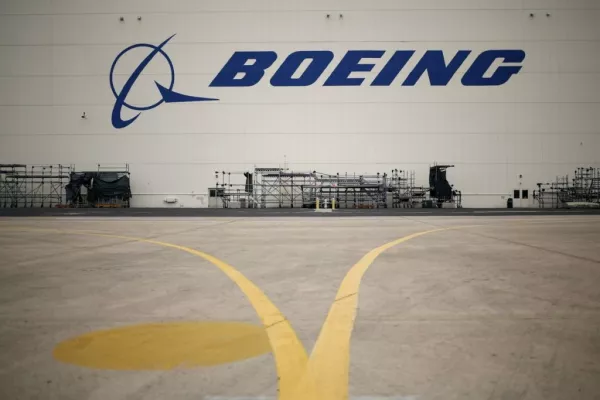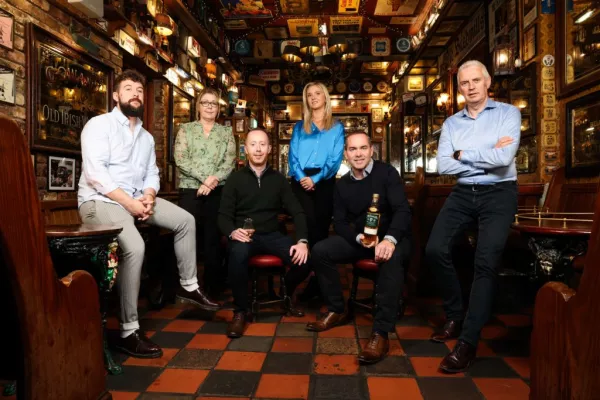Boeing Co. sees Saudi Arabia as a promising market for a potential new family of aircraft targeting mid-range flights.
Busy domestic routes would be a good fit for a midsize plane, Ahmed Jazzar, Boeing’s president for the Middle Eastern country, said in interview ahead of the Dubai Air Show. The company has discussed its embryonic middle-of-the-market jetliner -- dubbed the 797 by some aerospace executives -- with Saudi Arabian Airlines, as well as the longest version of the single-aisle 737 Max.
“If you’re talking about a short distance between two city pairs with thick traffic, you need a big airplane and you need it to be designed for the short hops,” he said. “Jeddah to Riyadh traffic, those are two major cities, is one of the heaviest-traveled city pairs in the world. So you need wide-body aircraft for that, but it’s a short distance, so it’s uniquely positioned for a bigger-than-737 aircraft.”
The potential support for the mid-market jetliner, which are under study at Boeing, is notable in a region where carriers such as Emirates Airline traditionally favored twin-aisle planes with ultra-long range. Boeing has been working with customers to hone the right blend of capacity, range and price for the new plane, which is envisioned as bridging the gap between its biggest single-aisle jet and its smallest wide-body offering.
Potential Program
Boeing has been holding talks with possible customers on how it should build the aircraft, which would be the company’s first all-new design since the 787 Dreamliner, said commercial airplanes chief Kevin McAllister. The company is studying whether there’s enough of a business case to justify the development costs.
“Customers have got a really good idea what they’re looking for,” he said. “I think the middle of the market will be a terrific aircraft. We like how it’s shaping up, we’re just down to a spot where we want to put some structure around getting the right business plan.”
Boeing in September appointed Mark Jenks, who played an instrumental role in taking the Dreamliner from cash drain to cash generator, to lead the effort. There’s no fixed time frame for getting the aircraft to market.
To avoid some of the expense of producing a new plane from scratch, Boeing is planning to draw from lessons it’s learned from the development of its upgraded 737 Max and wide-body jets such as the 787-10 and 777X -- programs that have thus far gone smoothly.
“You can draw from the learnings on the 737, you can draw from the ramp up on the Max,” McAllister said. ‘We’re going to draw heavily on the 787, which is part of the reason we put Mark in the role. And we’re going to learn heavily off the 777 and 777X capability.”
‘Game On’
European rival Airbus SE, meanwhile, bolstered its portfolio with a surprise deal in another segment of the market.
Last month, the Toulouse, France-based manufacturer agreed to take control of Bombardier Inc.’s C Series, a narrow-body jet that typically seats 108 to 160 passengers. The biggest C Series, the CS300, offers similar capacity to Boeing’s smallest 737.
Airbus may be able to cheaply borrow some of the technology Bombardier developed, such as the cutting edge cockpit and a composite wing, for its response to the all-new Boeing plane.
McAllister said Boeing is ready for the challenge.
“We spend an awful lot of time in our position looking at the chess board of moves in the market. I’m very comfortable with where we sit today,” he said. “There is no change in our strategy as a result of this. I say ‘game on.’”
News by Bloomberg, edited by Hospitality Ireland









